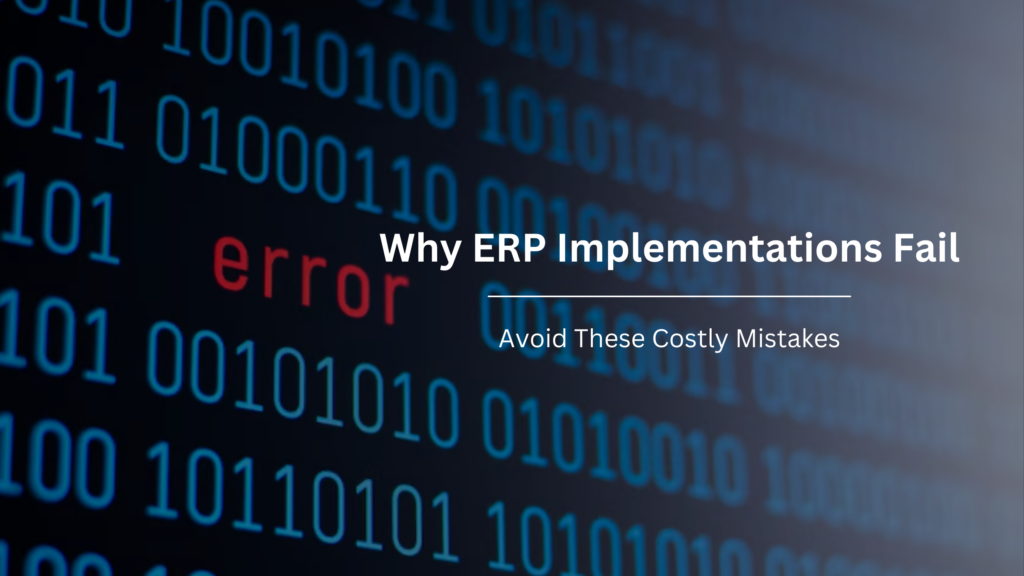Nikoo Samadi
Running a business gets harder as it grows. Managing finances, inventory, HR, and customer service with separate tools can slow everything down. Mistakes become more common, and decisions take longer. Productivity drops.
That’s where ERP comes in. ERP (Enterprise Resource Planning) puts your core business processes into one system. It helps you work faster, avoid errors, and get real-time insights. But ERP isn’t free. Between setup, training, and maintenance, the costs add up. That leads to one important question: is ERP worth the money? To answer that, you need to calculate the Return on Investment (ROI).
What is ROI and Why Does It Matter?
ROI stands for Return on Investment. It tells you if what you spent brought back value. It’s a simple way to see if an expense has paid off. You calculate it by comparing the cost of something to the benefits it brings. A positive ROI means your investment was worth it, it brought in more value than it cost. A negative ROI means the opposite, it cost more than it gave back. ROI is especially useful when you’re deciding whether to invest in something like an ERP system, where costs are high but the potential benefits can be even greater.
What Are the Costs of ERP?
When a company gets an ERP system, it takes on many costs. These include:
1. Software and licensing
- Buying or subscribing to the ERP software
2. Implementation and setup
- Adjusting the system to fit your business
- Paying consultants or experts
3. Training and onboarding
- Teaching your team how to use the system
4. Support and updates
- Ongoing tech support
- System upgrades
5. Extra hardware (for on-premise ERP)
- Servers and other tech tools
What Are the Benefits of ERP?
To justify these costs, a company needs to see benefits. These can be:
1. Direct benefits (easy to measure)
- Fewer staff hours spent on manual tasks
- Lower inventory waste
- Faster order handling
- More accurate financial data
- Less money spent on multiple software tools
2. Indirect benefits (harder to measure)
- Better decisions, thanks to real-time data
- Happier customers
- More efficient staff
How to Calculate ERP ROI
Start with two numbers:
- Total cost of ERP = all setup and ongoing costs
- Total benefit from ERP = money saved + money earned + any other gains
Then use this formula:
ROI = ((Total Benefits – Total Costs) / Total Costs) x 100
Set a Timeframe
ERP doesn’t show results right away. Many businesses need 1 to 3 years to see a full return. Be patient. Track your savings, revenue gains, and performance changes each quarter.


Common Issues in ERP ROI Calculations
Some businesses struggle to measure ROI. Here are a few reasons why:
- Indirect benefits are tough to measure. You can’t always put a number on better decisions or happier customers.
- No baseline data. If you don’t measure how things worked before ERP, it’s hard to compare later.
- ROI takes time. It might take a few years to see the system’s full impact.
Don’t Miss These Hidden Costs
Some ERP costs are easy to overlook:
- Custom development
- Extra training and employee resistance
- Data migration
- System maintenance
- Connecting ERP with other tools
How Long Does It Take to See ERP ROI?
It depends on the size of your business and the system:
- Small businesses: 1–2 years
- Medium-sized businesses: 2–3 years
- Large businesses: 3–5 years
Final Thoughts
ERP is a big investment. ROI helps you decide if it’s the right one. The key is to plan well, track what you spend and save, and give the system time to show results. If done right, ERP can make your business run better, smarter, and faster.
Table of Contents
Read more


Simplify Financial Tasks with the BILL Platform for Microsoft






From Legacy Systems to Cloud-Based ERP: A Roadmap for Businesses


10 Steps to a Successful ERP Implementation: Avoid Common Pitfalls





